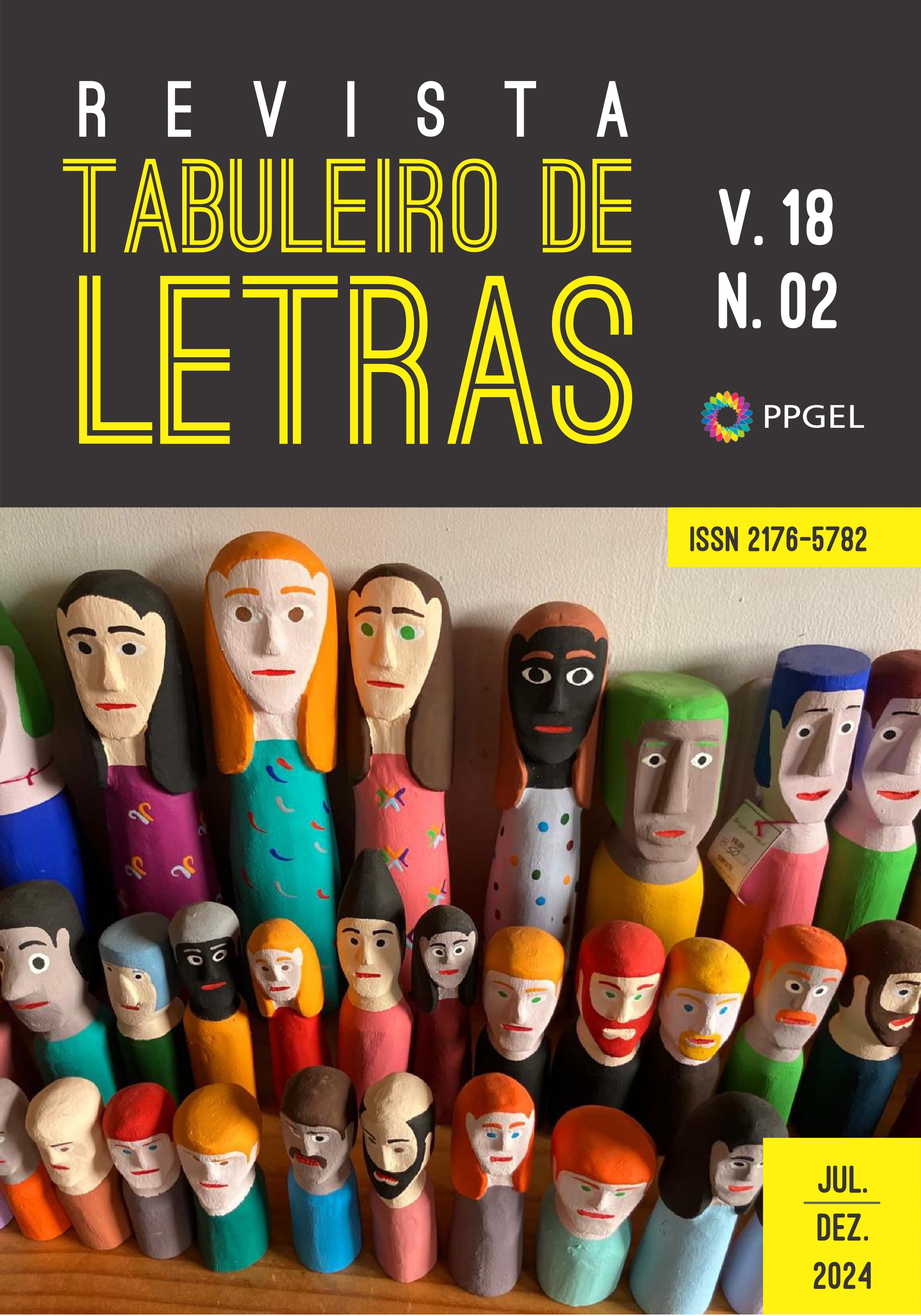“Amor” segundo o ser humano e o ChatGPT
uma breve investigação na interface entre a linguística e a inteligência artificial
DOI:
https://doi.org/10.35499/tl.v18i2.21954Abstract
The present investigation explores the conceptualization of “love” at the interface between linguistics and artificial intelligence (AI). It compares an existing research study on the cognitive understanding of “love” with a new experiment in which ChatGPT performs tasks related to the same theme. The research reveals that, although AI enables large-scale linguistic analyses, it still fails to reflect cultural and social nuances in its textual productions. The experiment is based on the postulates of cognitive linguistics to analyze how metaphors shape the understanding of “love” in texts produced by humans and machines. It is observed that AI, while producing coherent texts, often repeats linguistic stereotypes, failing to reflect the complexity of real human communication. Finally, it is concluded that collaboration between linguists and AI specialists is essential to explore the limitations of technology and its implications for language use and studies that promote linguistic analysis.
Downloads
References
GIBBS, Ray. Taking metaphor out of our heads and putting it into the cultural world. In.: GIBBS, Ray e STEEN, Gerald (Eds.). Metaphor in cognitive linguistics. Amsterdam/ Philadelphia: John Benjamins, 1999. p. 145- 166.
LAKOFF, George. Women, fire and dangerous things: What categories reveal about the mind. Chicago: University of Chicago Press, 1987.
LAKOFF, George; JOHNSON, Mark. Metáforas da vida cotidiana. Tradução do Grupo de Estudos da Indeterminação e da Metáfora. Campinas: Mercado de Letras / São Paulo: Editora da Pontifícia Universidade Católica de São Paulo, 2002.
LANGACKER, Ronald W Construal. In.: DADROWSKA, Ewa; DIVJAK, Dagmar (Eds.). Handbook of cognitive linguistics. HSK 39. Berlin / Boston: De Gruyter Mouton, 2015.
___________, Ronald W. Foundation of Cognitive Grammar. Volume II: Descriptive Application. California: Stanford University Press, 1991.
SANTOS, Marcela Fernandes dos. Modelo cognitivo idealizado de amor: Um estudo das metáforas na linguagem, no pensamento e no discurso sobre o AMOR ROMÂNTICO. 2021. 109f. Dissertação (Mestrado em Estudos de Linguagem) – Posling, Universidade Federal Fluminense. Niterói, 2021.
SCHRÖDER, U. A. Da teoria cognitiva a uma teoria mais dinâmica, cultural e sociocognitiva da metáfora. v. 52, n. 1. São Paulo: Alfa, p. 39-56, 2008.
Downloads
Published
How to Cite
Issue
Section
License
Autor(es) conservam os direitos de autor e concedem à Revista o direito de primeira publicação, com o trabalho simultaneamente licenciado sob a Licença Creative Commons Attribution que permite a partilha do trabalho com reconhecimento da autoria e publicação inicial nesta Revista.

















